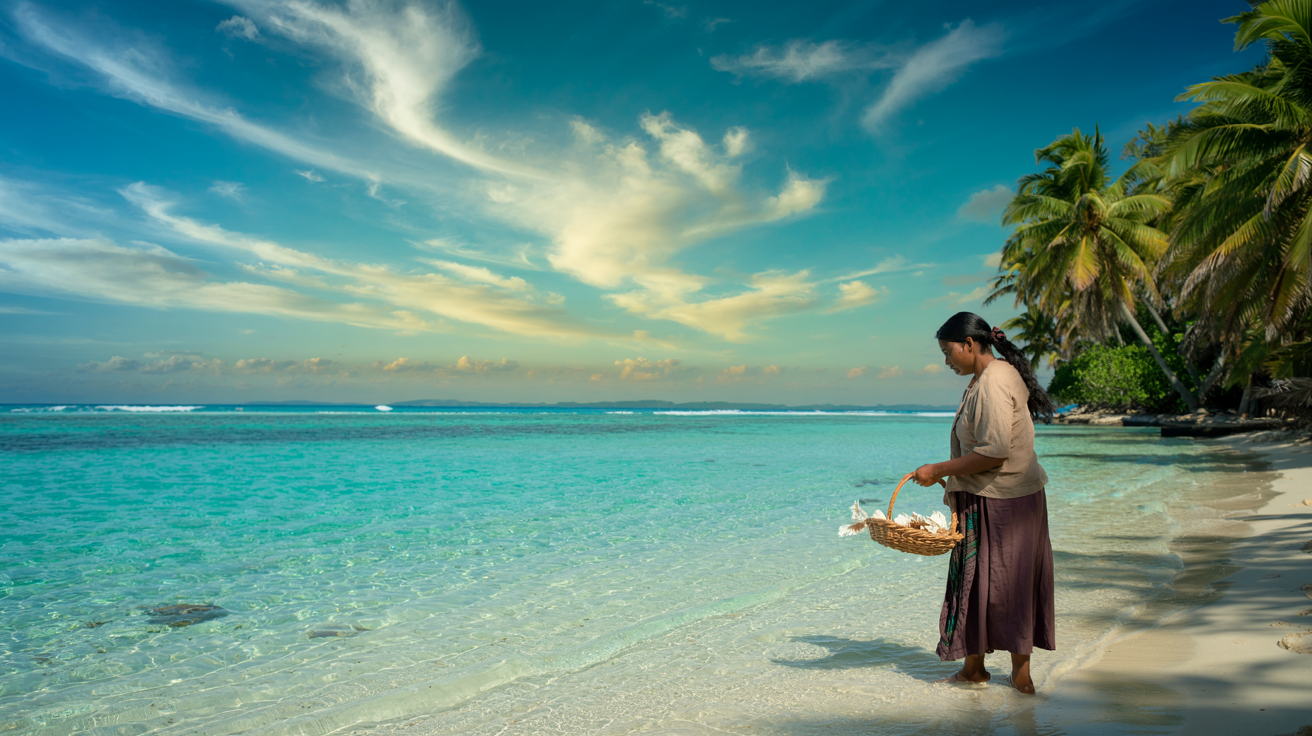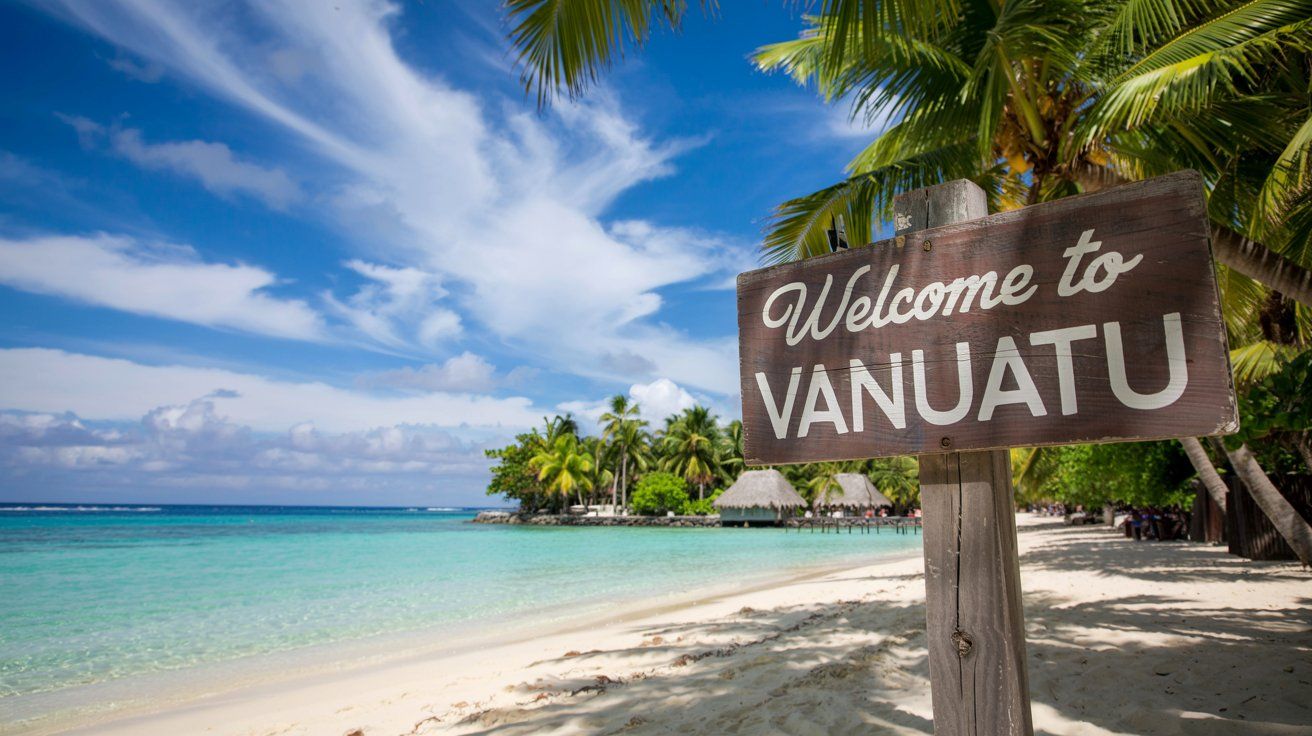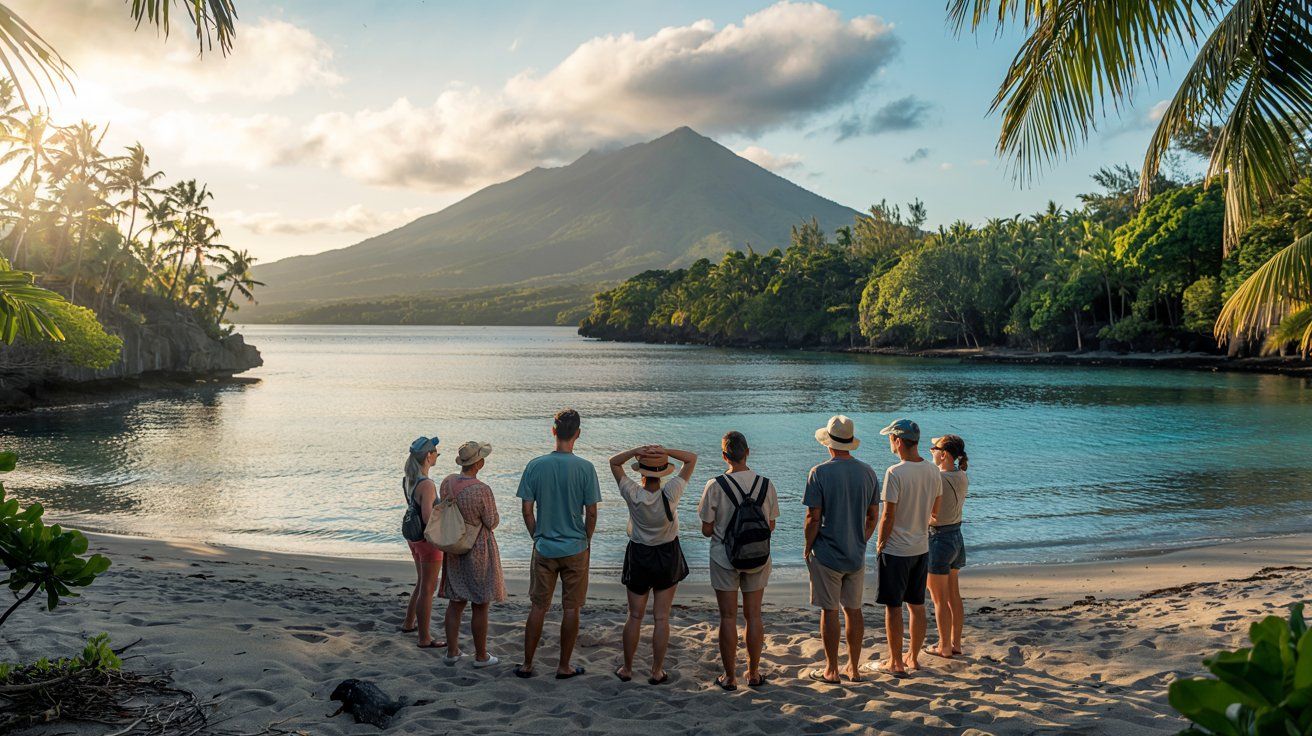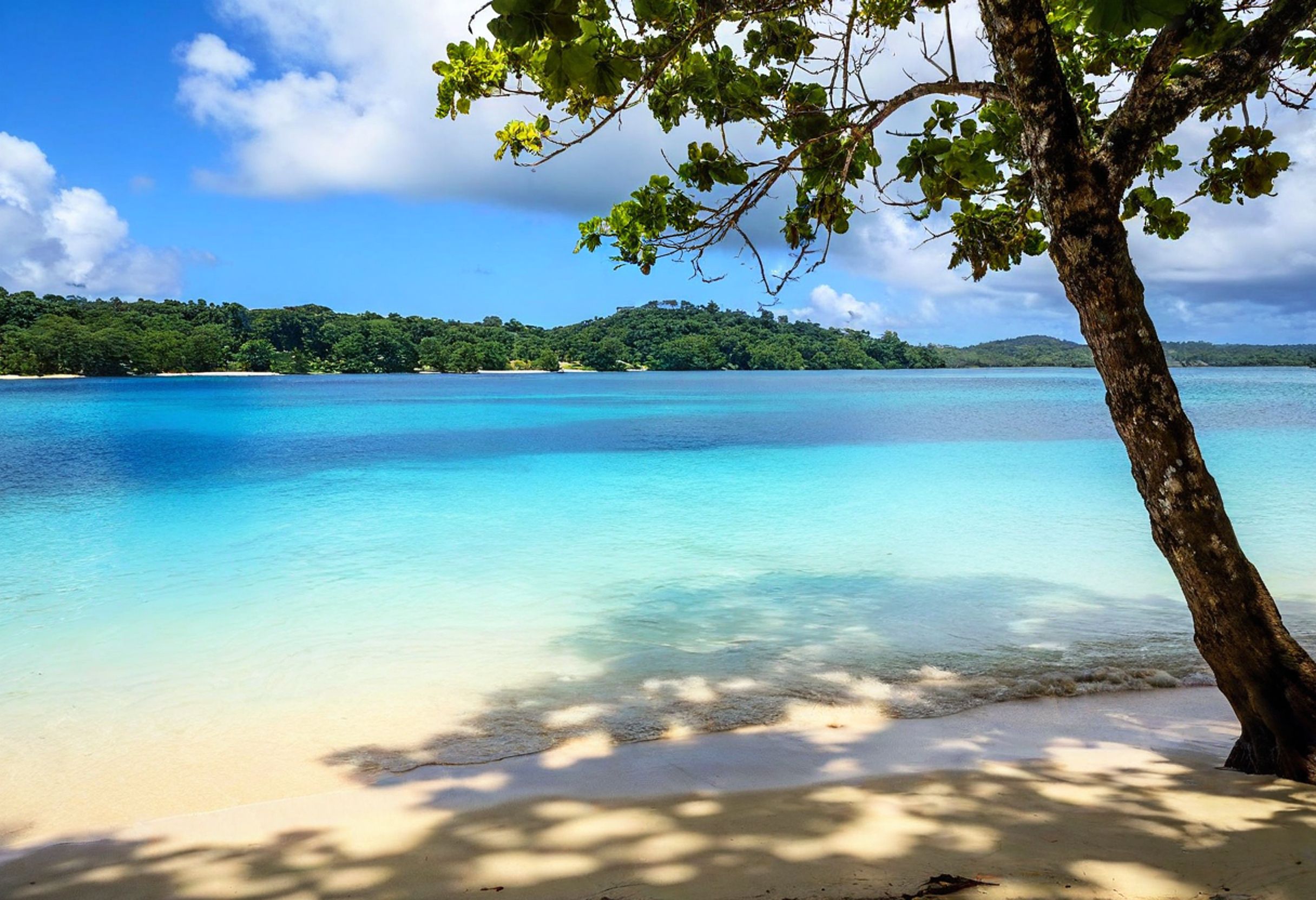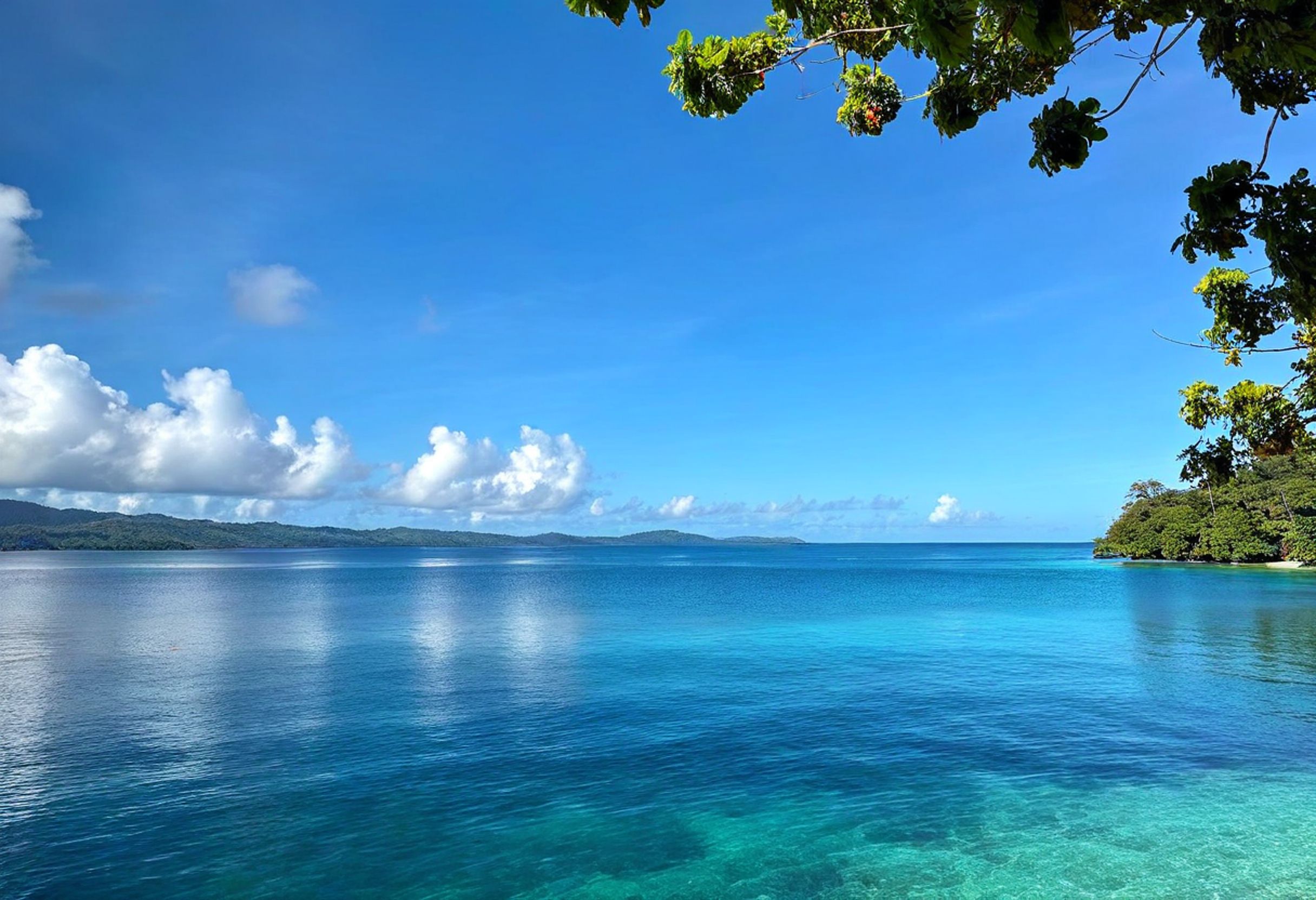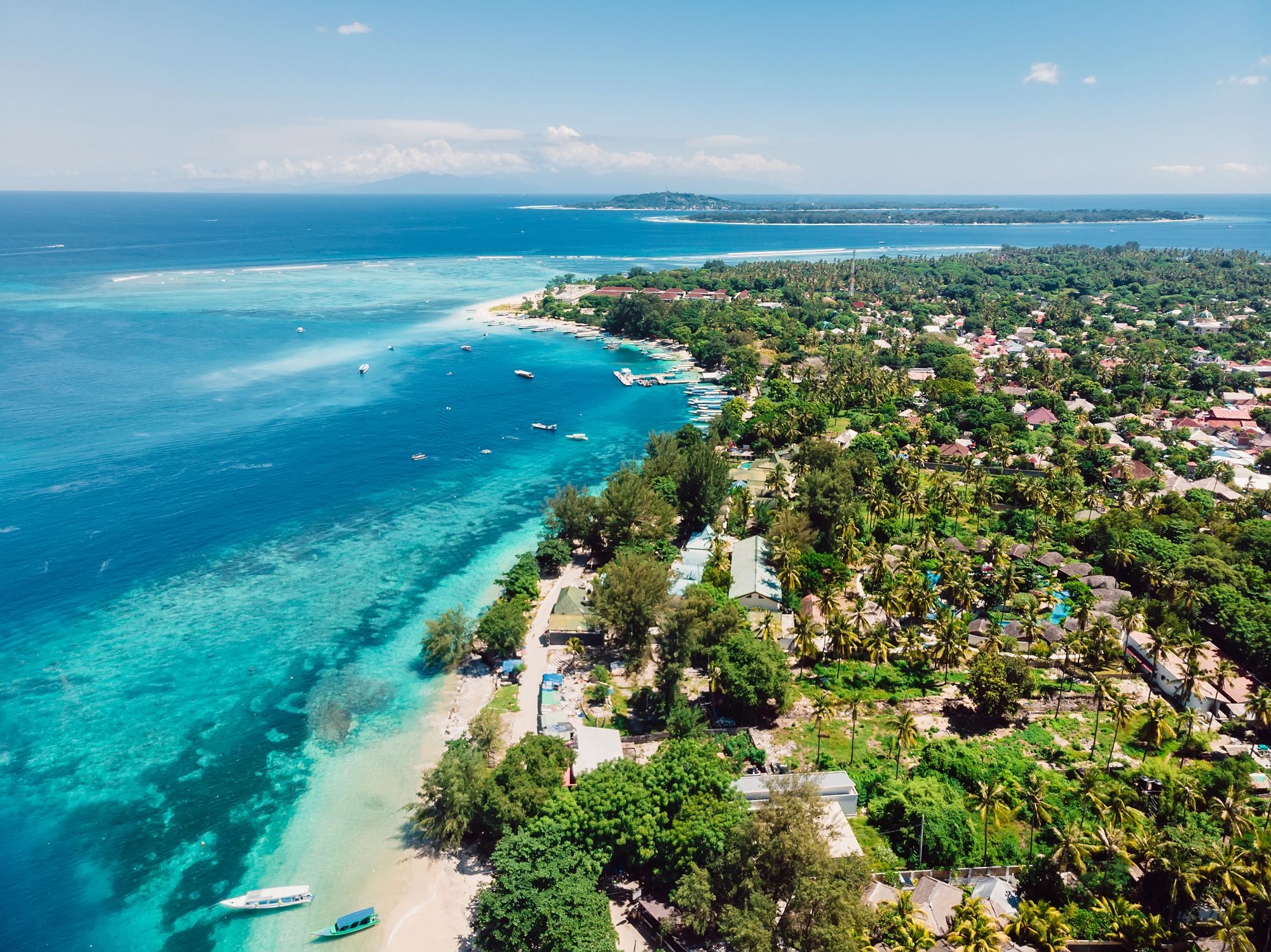Recent developments concerning the Department of Veterans Affairs (VA) have raised uncertainties for veterans residing in the Pacific region, particularly Hawaii and U.S. Pacific territories.
The Trump administration’s move to reduce VA staff is creating waves of concern over how these cuts will impact vital services in a region spanning 2.6 million square miles.
With significant reductions planned, lawmakers and veterans alike are questioning how healthcare, benefits, and support services for approximately 130,000 veterans will be affected in geographically remote areas.
Understanding the VA Cuts and Their Potential Impact
The VA Pacific Islands Healthcare System serves one of the largest and most remote regions under VA’s jurisdiction, covering locations including Oahu, Hawaii’s neighbor islands, and U.S. territories such as Guam, American Samoa, and the Northern Mariana Islands.
These areas already face logistical challenges in delivering healthcare and benefits to veterans due to their isolated nature, making any staffing reduction a critical concern.
A Significant Reduction in Workforce
The cuts stem from a planned reorganization under the newly established Department of Government Efficiency, headed by entrepreneur Elon Musk.
An internal memo revealed that the VA intends to reduce its workforce by over 80,000 employees nationwide, returning to 2019 staffing levels of 398,000 employees—down from the current 470,000.
In Hawaii, the effects are already visible, with “a small number” of probationary employees reportedly terminated and additional cuts expected.
Key takeaways:
- The VA workforce reduction represents nearly 15% of its total staff.
- The Pacific region’s unique challenges may amplify the consequences of these cuts.
- Neighbor island support and clinical services are among the areas already impacted.
Lawmakers Demand Answers and Accountability
Congressional representatives, including Hawaii’s Rep. Ed Case, have voiced concerns about the implications of these cuts on veterans in the Pacific region.
Case, alongside other lawmakers, has demanded detailed information on how the reductions will impact healthcare services, benefits distribution, and the recently opened facilities such as the Daniel K. Akaka VA Clinic in Kalaeloa and a new urgent care facility.
The uncertainty surrounding the staffing of these new facilities is a growing concern given their importance to veterans’ health.
Conflicting Assurances from VA Leadership
VA Secretary Doug Collins has sought to reassure stakeholders, stating that these workforce reductions would not affect veterans’ healthcare or benefits.
However, many—including legislators—remain skeptical about such guarantees.
The lack of detailed explanations and planning has only exacerbated fears about how such extensive staff reductions will play out in a region of the world where logistical delays and shortages already pose challenges.
Why Pacific Veterans Are Particularly Vulnerable
Veterans living in Hawaii and across U.S. Pacific territories often face unique hurdles accessing VA services.
The region’s remote geographic location leads to limited physical access to healthcare facilities and significant travel burdens. Additionally:
- Veterans on neighbor islands often rely on outpatient services or telehealth due to the absence of major VA hospitals.
- U.S. territories have smaller populations but greater service challenges stemming from logistical issues.
- The interconnected health network depends heavily on staff continuity, meaning workforce reductions could disrupt operations significantly.
Uncertainty Over the Future
This combination of geographic and operational vulnerabilities makes the Pacific region uniquely exposed to the potential fallout of VA staffing cuts.
While Collins promises no impact on core services, the reductions occurring at neighbor island facilities and clinical support staff have already rattled lawmakers and veterans alike.
The unanswered questions about the Akaka VA Clinic and urgent care center staffing further contribute to a sense of instability.
Tying It Back to Vanuatu’s Lessons
The story unfolding in Hawaii and the Pacific territories highlights the challenges of providing comprehensive services to remote areas. This resonates deeply with lessons from Vanuatu—a similarly remote and expansive archipelago in the South Pacific.
Vanuatu’s ability to navigate logistical complexities in healthcare offers insights into how such challenges can be managed effectively.
The key takeaway from Vanuatu lies in focusing on community-driven solutions and resource-sharing among islands to ensure equitable access to crucial services like healthcare.
Innovative approaches such as telehealth, mobile clinics, and cross-training local staff have been pivotal in addressing service gaps across its islands. These strategies could serve as inspiration for the VA as it seeks to stabilize and adapt its services in the Pacific region.
Ultimately, for travelers exploring Pacific destinations like Vanuatu, the resilience and adaptability of island communities are central themes to discover.
Whether you’re learning about how island nations thrive despite physical separations or witnessing their localized healthcare solutions, Vanuatu shines as a beacon of possibility for thriving despite geographic hurdles—something the VA Pacific Islands Healthcare System might well take note of during this era of uncertainty.
Here is the source article for this story: Scale of cuts to the VA in the Pacific unclear

